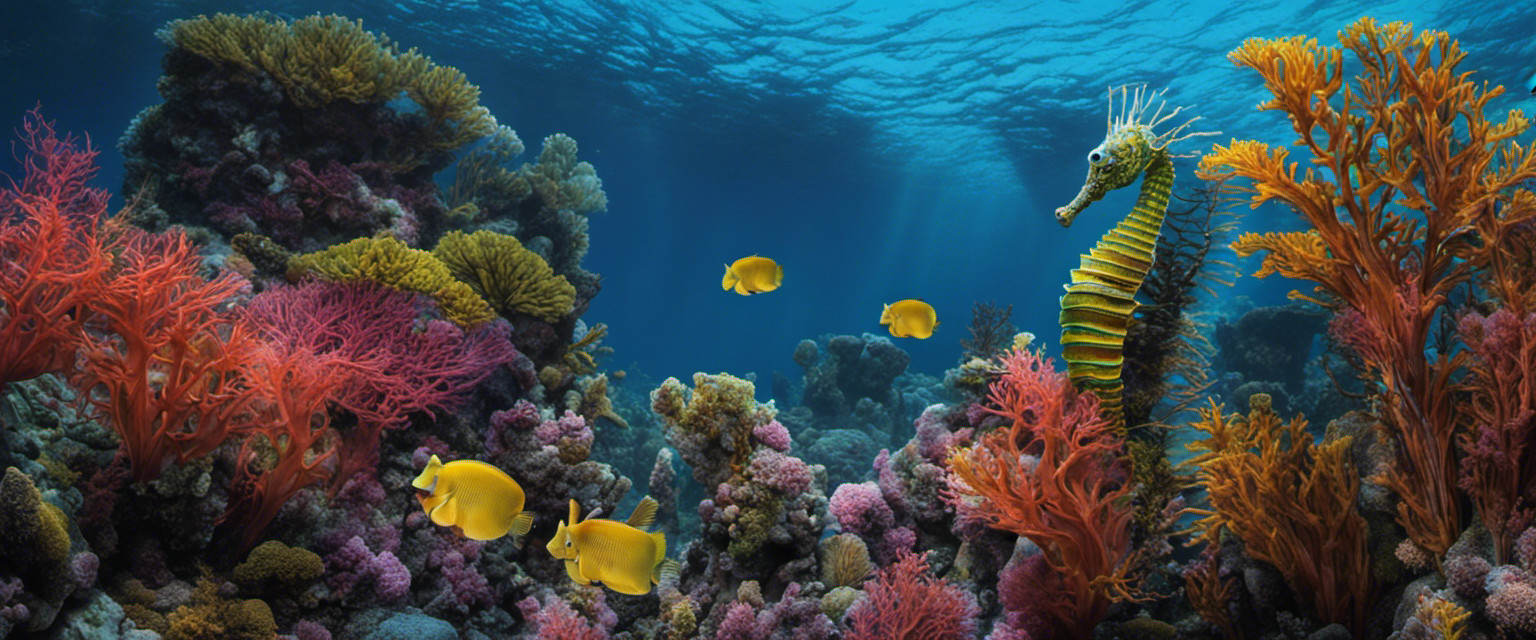The Leatherback Sea Turtle, Dermochelys coriacea, holds the title of the world’s largest species of sea turtle, with adult individuals reaching lengths of up to 2 meters and weighing over 900 kilograms.
Despite its immense size, this creature possesses numerous unique biological adaptations that allow it to thrive in marine environments.
This article aims to provide a comprehensive exploration of useless knowledge pertaining to these remarkable creatures.
By delving into their history, biology, and conservation tips, readers will gain valuable insights into the fascinating world of Leatherback Sea Turtles.
History of Leatherback Sea Turtles
This discussion will focus on the migration patterns of leatherback sea turtles and the conservation efforts aimed at protecting this species.
Leatherbacks are known for their long-distance migrations, with individuals traveling thousands of kilometers between nesting beaches and foraging grounds. Understanding these migration patterns is crucial for effective conservation strategies, as it helps identify critical habitats and potential threats along their routes.
Conservation efforts for leatherbacks include measures such as protected areas, coastal management plans, and reducing human impacts like fishing gear entanglement and pollution to ensure the survival of this endangered species.
Migration Patterns of Leatherbacks
Migration patterns of leatherback sea turtles are an important aspect of their life cycle and play a significant role in their survival. These patterns are influenced by various factors, including tracking methods and nesting habits.
Tracking methods such as satellite telemetry have provided valuable insights into the movement patterns of these turtles across vast distances. Leatherbacks exhibit both long-distance migrations between feeding and nesting grounds, as well as shorter movements within foraging areas.
Understanding these migration patterns is crucial for effective conservation efforts and ensuring the continued existence of this endangered species.
Conservation Efforts for Leatherbacks
Conservation efforts aimed at protecting leatherback sea turtles have been implemented to mitigate the threats they face and ensure their long-term survival.
Leatherbacks are particularly vulnerable to marine pollution, such as plastic debris and oil spills, which can lead to entanglement or ingestion. Additionally, climate change impacts pose a significant threat to leatherbacks by altering nesting beach temperatures and affecting food availability.
Conservation measures include habitat protection, implementing fishing gear regulations, and raising public awareness about the importance of reducing marine pollution and mitigating climate change effects.
Main Explanation of Leatherback Sea Turtle Biology
The biology of the leatherback sea turtle encompasses various aspects such as its physical characteristics, reproductive behavior, and feeding habits.
Leatherbacks have evolved several adaptations that allow them to thrive in their marine environment. They possess a unique shell structure made up of a flexible, leathery skin rather than a hard carapace like other turtles. This evolutionary adaptation enables them to dive deeper and withstand extreme pressure.
In terms of reproductive behavior, leatherbacks exhibit an interesting phenomenon known as natal homing, where females return to the same beach where they were born to lay their eggs. This behavior ensures the survival of their offspring by utilizing familiar and safe nesting grounds.
Leatherbacks are also known for their feeding habits. They are the largest turtles and have a specialized diet consisting mainly of jellyfish. Their jaws are equipped with spines that help them catch and consume their prey efficiently.
Overall, the biology of the leatherback sea turtle is fascinating, with unique physical characteristics, reproductive behavior, and feeding habits that contribute to their survival in the marine environment.
Conservation Tips
To ensure the preservation of leatherback sea turtles, it is important to implement strategies that focus on reducing threats such as pollution, habitat destruction, and bycatch. Conservation tips include:
-
Minimizing plastic pollution: Reducing single-use plastics and promoting recycling can help prevent ingestion or entanglement in marine debris.
-
Protecting nesting sites: Implementing measures to safeguard beaches where leatherbacks lay their eggs is crucial for successful reproduction.
-
Promoting sustainable fishing practices: By addressing bycatch issues and implementing turtle excluder devices, accidental capture of leatherbacks can be minimized.
-
Raising awareness and education: Educating communities about the importance of conserving leatherback sea turtles fosters a sense of responsibility and promotes collective action.
Implementing these strategies will contribute to the long-term survival of this endangered species while ensuring freedom for future generations to appreciate their presence in our oceans.
Final Thoughts
While the previous subtopic focused on conservation tips for sea turtles, it is important to acknowledge the challenges faced in conserving these species.
Conservation efforts are hindered by factors such as habitat loss, pollution, and climate change.
To overcome these challenges and ensure the long-term survival of sea turtles, future research opportunities must be pursued.
These include studying migration patterns, understanding nesting behaviors, and developing effective strategies for reducing anthropogenic threats to their populations.
Further research will provide valuable insights for successful conservation initiatives.
Frequently Asked Questions
What Is the Average Lifespan of a Leatherback Sea Turtle?
The average lifespan of a leatherback sea turtle, a species of conservation concern due to declining numbers, is estimated to be around 30-40 years. They are known for their long-distance migrations between nesting and foraging areas.
How Many Eggs Does a Leatherback Sea Turtle Lay in a Single Nesting Season?
In the reproductive cycle of leatherback sea turtles, their nesting behavior involves laying eggs. On average, a leatherback sea turtle lays around 80 to 100 eggs in a single nesting season.
What Are the Main Threats to Leatherback Sea Turtles in Their Natural Habitat?
The main threats to leatherback sea turtles in their natural habitat include illegal fishing and coastal development. These activities can lead to direct harm and destruction of nesting sites, resulting in population decline.
How Does Climate Change Impact the Nesting Patterns of Leatherback Sea Turtles?
Climate change is known to affect the nesting patterns of leatherback sea turtles, influencing their climate change adaptation strategies and subsequently their nesting success. This impact highlights the importance of studying and understanding these patterns for conservation efforts.
Are Leatherback Sea Turtles Found in Both the Atlantic and Pacific Ocean?
Leatherback sea turtles, the largest species of sea turtle, are found in both the Atlantic and Pacific oceans. Their distribution is influenced by factors such as oceanographic conditions, feeding opportunities, and nesting requirements. Migration patterns vary among individuals and populations.






